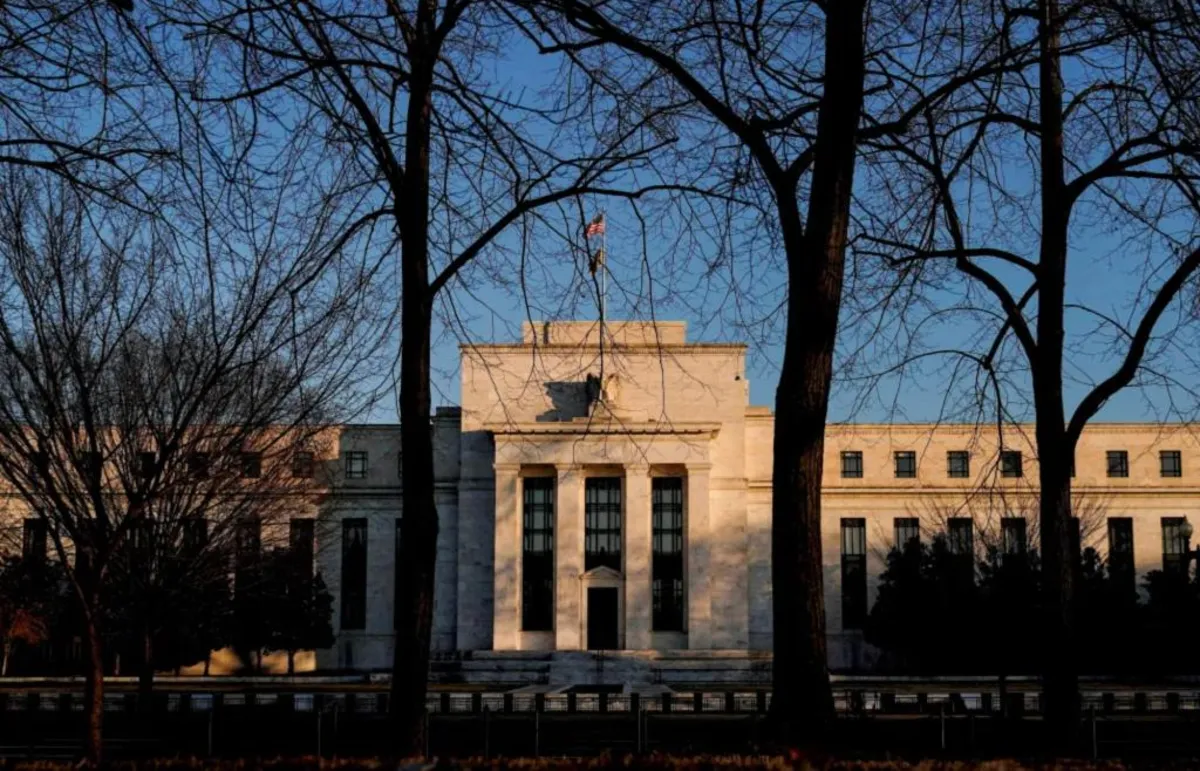
The Federal Reserve has recently released its key measure of inflation, revealing a slight cooling in January that offers a glimmer of hope for potential interest rate cuts. This update comes after a series of dismal economic reports earlier this month, providing investors with a much-needed boost. The personal consumption expenditures price index (PCE), which tracks price changes for consumers, increased by 2.5% over the past twelve months, as reported by the Bureau of Economic Analysis on Friday.
According to the latest data, inflation rose by 0.3% in January. When excluding volatile food and energy prices, the core PCE index recorded a 2.6% increase over the past year. These results aligned with economists' expectations and indicated a slight easing in inflation compared to the 2.6% year-over-year surge seen in December.
This moderate inflation report has come at a crucial time, as investors prepare for the final trading day of the month following a tumultuous week marked by significant declines in technology stocks. The market was rattled by President Trump’s announcement of impending tariffs, which contributed to investor anxiety. The Friday PCE report follows disappointing consumer and producer price reports released earlier this month, which indicated an unexpected rise in inflation in January.
The hotter-than-expected inflation reports have dampened investor hopes for interest rate cuts from the Federal Reserve, with some economists warning that the central bank may consider raising rates instead, as inflation remains stubbornly high. Fed Chair Jerome Powell has indicated that the Fed is not likely to lower rates in the immediate future, stating, “We’re not quite there yet,” during his testimony before the House Financial Services Committee. He emphasized the need to maintain a restrictive policy for the time being.
Prior to the release of the PCE report, the majority of investors anticipated that the Federal Reserve would keep rates steady, with only 5.5% hoping for a quarter-point cut, according to the CME FedWatch tool. This cautious outlook is compounded by Trump’s revelation that his administration's planned tariffs on goods from Mexico and Canada would proceed as scheduled, set to take effect on March 4.
Economists have raised concerns that these import tariffs could lead to increased prices for U.S. consumers and potentially reignite inflation, further unsettling investors. Consequently, the tech-heavy Nasdaq Composite, which includes major players like Alphabet, Amazon, and Microsoft, has seen a decline of approximately 5.5% this month, driven by a 5% drop just this week. Nvidia, led by CEO Jensen Huang, has experienced a significant plunge of around 12% in the same timeframe. Meanwhile, the S&P 500 has dipped 2.5% this week, and the Dow Jones Industrial Average has decreased by 0.4%.
As we analyze the latest PCE report and its implications for the economy, it remains clear that the landscape for interest rates and inflation remains uncertain. Investors are left to navigate these developments carefully, considering the potential impacts of federal policies and market fluctuations.